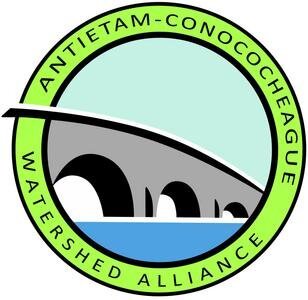
Watershed Restoration
The location

The problem
Antietam Creek was placed on Maryland’s 303(d) list for sediment, then fecal coliform (2002), and impacts to biological communities (2002).
A Total Maximum Daily Load (TMDL) for sediment was developed and approved for the Antietam watershed in 2008 with a subsequent TMDL for bacteria developed in 2009.
The solution
To address the amounts of these pollutants coming from the Maryland portion of the watershed, CVI partnered with the Washington County Soil Conservation District (SCD), Board of County Commissioners of Washington County, Antietam Creek Watershed Alliance (ACWA), and MDE to develop the Antietam Creek Watershed Restoration Plan.
This plan identifies sources of the pollutants and provides a framework for future efforts by the stakeholders of the Antietam Creek watershed by presenting a strategy for implementing projects to reduce the pollutants reaching Antietam Creek.
Pollutants were determined to be coming from both urban and agricultural sources with streambank erosion contributing significantly to the sediment load. CVI provided training to members of the Washington County SCD and volunteers from ACWA on estimating sediment loads from eroding banks using bank erosion hazard indices, commonly known as BEHI.
As a result, a list of 15 sites were identified as highly eroding and prioritized for future natural stream restoration projects. Stabilizing all 14,059 feet of stream at these sites will reduce the amount of sediment reaching Antietam Creek by roughly 20%.





